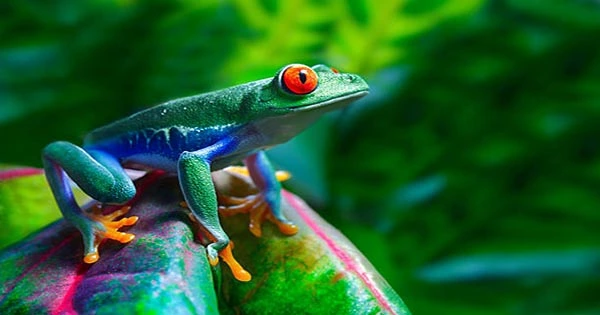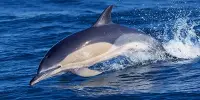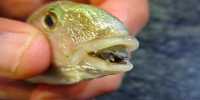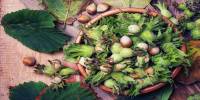We have a real surprise in store for you as the Natural History Museum, London’s Wildlife Photographer of the Year Competition 2022 approaches. The competition, which is now in its 58th year, has revealed some of the highly praised photos that will appear in this year’s exhibition.
This first sneak peek at the photos in store is already living up to the reputation of the competition for delivering images of the natural world that are as arresting as they are humorous, with subjects ranging from octopuses hiding in shells to dipper disputes and a tense showdown between a dog and a sloth. So let’s look at what we’ve got so far.
Dmitry Kokh’s Polar Frame, taken in Chukotka, Chukotka, Russia, is shown above.
It’s understandable why Dmitry Kokh’s pictures of polar bears who had claimed an abandoned hamlet earlier this year went viral. Kokh discovered the animals in a place that had been abandoned by people in 1992 and appeared to be in charge.
Over 20 animals in total might be observed wandering around the abandoned village (viewed through the safety of binoculars). With the help of drone photography, Kokh was able to zoom in for a closer look without taking a chance on breaking things out.
Photograph of The Octopus Case by Samuel Sloss, taken in Sulawesi, Indonesia’s Lembeh Strait.
Samuel Sloss took this picture after he saw a coconut octopus looking out from a shell suit. The octopus initially barricaded itself in as a barrier against Sloss’s arrival, but ultimately felt secure enough to peer in and see what was happening.
These creatures are renowned for concealing themselves inside objects stolen from their maritime habitat. primarily coconut shells, therefore the common name.
Richard Robinson’s photograph The Right Look, taken in Port Ross on Auckland Island in New Zealand.
One of the most intelligent animals in the world, whales are capable of showing interest with the most curious of side eyes, as this photograph demonstrates. This baby southern right whale, called in Mori as “other,” is now protected because European whalers nearly wiped it out in the 1800s.
Since then, their population has somewhat recovered, growing from a tiny group of just 13 breeding females to a much bigger community of about 2,000 people.
Brandon Güell’s photograph, “Treefrog Pool Party,” was taken in Puntarenas, Costa Rica’s Osa Peninsula.
This pool party would have to be the one event we’d most like to crash. When he came across the partygoers, a group of guys generating a chorus in pursuit of a partner, Brandon Güell was wading through murky waters.
Güell’s tenacity was rewarded at dawn when hundreds of female mosquitoes came to deposit their eggs in response to the call, long after the celebration had been interrupted by a plague of mosquitoes. Large clutches of eggs that will eventually develop into tadpoles will be produced by these mass breeding events, which are uncommon and difficult to find.
Suzi Eszterhas’ photograph, “Sloth Dilemma,” was captured in Costa Rica’s Puerto Viejo de Talamanca.
Sloths that move slowly, like this one with its brown throat, have a difficult time navigating cities and occasionally must descend to the ground to join fragments of woodland. A dog was trying to reach a group of trees that could only be reached by crossing the ground when Suzi Eszterhas, who was passing, noticed it and captured it on camera.
Eszterhas was undoubtedly relieved when the dog, who had been educated by the Sloth Conservation Foundation, simply sniffed it instead of doing anything it might have been afraid of. For sloths, dog assaults are a major problem; fortunately, this one met a decent boy.
Heikki Nikki’s photograph of Dipper Dispute was taken in Kuusamo, North Ostrobothnia, Finland.
Rocks are crucial for dippers. Their ideal vantage point for detecting fish and larvae and launching an attack is from these platforms.
These dipping rocks can be a source of contention because they are such sought-after real estate, and after years of frequenting this particular river, Heikki Nikki knew which ones were most likely to hold a disagreement. Knowing this put him in a good spot to witness one such spat that caught these two birds in the middle of their argument.














